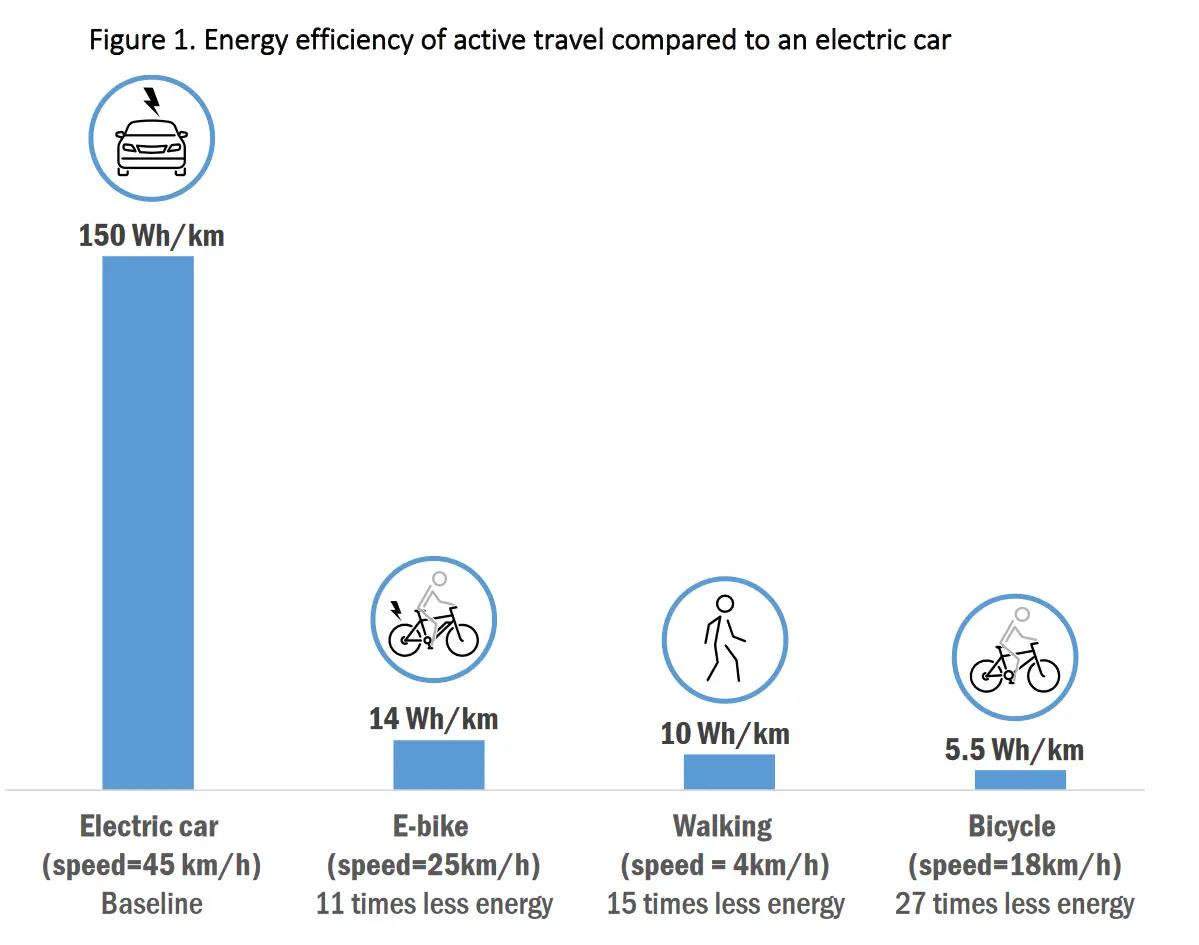Fuck Cars
A place to discuss problems of car centric infrastructure or how it hurts us all. Let's explore the bad world of Cars!
Rules
1. Be Civil
You may not agree on ideas, but please do not be needlessly rude or insulting to other people in this community.
2. No hate speech
Don't discriminate or disparage people on the basis of sex, gender, race, ethnicity, nationality, religion, or sexuality.
3. Don't harass people
Don't follow people you disagree with into multiple threads or into PMs to insult, disparage, or otherwise attack them. And certainly don't doxx any non-public figures.
4. Stay on topic
This community is about cars, their externalities in society, car-dependency, and solutions to these.
5. No reposts
Do not repost content that has already been posted in this community.
Moderator discretion will be used to judge reports with regard to the above rules.
Posting Guidelines
In the absence of a flair system on lemmy yet, let’s try to make it easier to scan through posts by type in here by using tags:
- [meta] for discussions/suggestions about this community itself
- [article] for news articles
- [blog] for any blog-style content
- [video] for video resources
- [academic] for academic studies and sources
- [discussion] for text post questions, rants, and/or discussions
- [meme] for memes
- [image] for any non-meme images
- [misc] for anything that doesn’t fall cleanly into any of the other categories
Recommended communities:
view the rest of the comments

Fuck cars, but was it really necessary to compare at such different speeds? Air resistance is a big factor and a proper electric bike can go 45kmh as well. Or the car can drive 25kmh
There's some debate about that. E-bicycles above class 2 (with assistance/drive at over 20mph) are not allowed on a lot of bike lanes, so they're more like electric mopeds
Yes, they are handled differently in a legal sense. This comes with some small changes to usability of e.g. bike lanes, but in terms of practicality it's basically still a bike.
Would still be a better comparison, since this is focused on energy consumption. Or just have the car drive slower, as per my other suggestion.
It depends where you live. Here the limit is 400W. Which is probably not quite enough to hit 45km/h in ideal flat conditions.
The fact remains that cars are faster than bikes. Driving a car usually means going faster and hence wasting more energy. Sure, plenty of people deal with distances that necessitate such speeds to be practical in daily life, but that's a different problem to be solved.
I agree.
But if it's a different problem to be solved the comparison is useless from the get go.
Plenty of people drive short distances that could already be travelled by bike or walked. That doesn't require any new solutions. Reminding those people of how wasteful it is to commute by car is a good way to approach that problem imo.
I think the speeds are the average speed of each transport type, so it's fair.
The different speeds are to make sure the graph pushes the agenda of the creator. All of them going the same speed would decrease the disparity between walking and driving.
You got lies, damn lies and statistics.
And this is one of those.
It wouldn't change that much actually. Modern cars are really aerodynamic and the comparatively high weight of electric cars emphasizes the rolling resistance in relation to the air resistance.
This Wikipedia page (https://de.wikipedia.org/wiki/Fahrwiderstand) has an example where 77% of energy goes to air resistance, 23% to rolling resistance - At a speed of 200kmh. Which means rolling resistance requires 5x more energy to overcome than air resistance at 50kmh. (77% -> 77 energy units -> multiply by (50/200)^2 = 1/16, as air resistance depends on speed squared -> 5 energy units, but rolling resistance is independent of speed so it doesn't change (still 23 energy units))